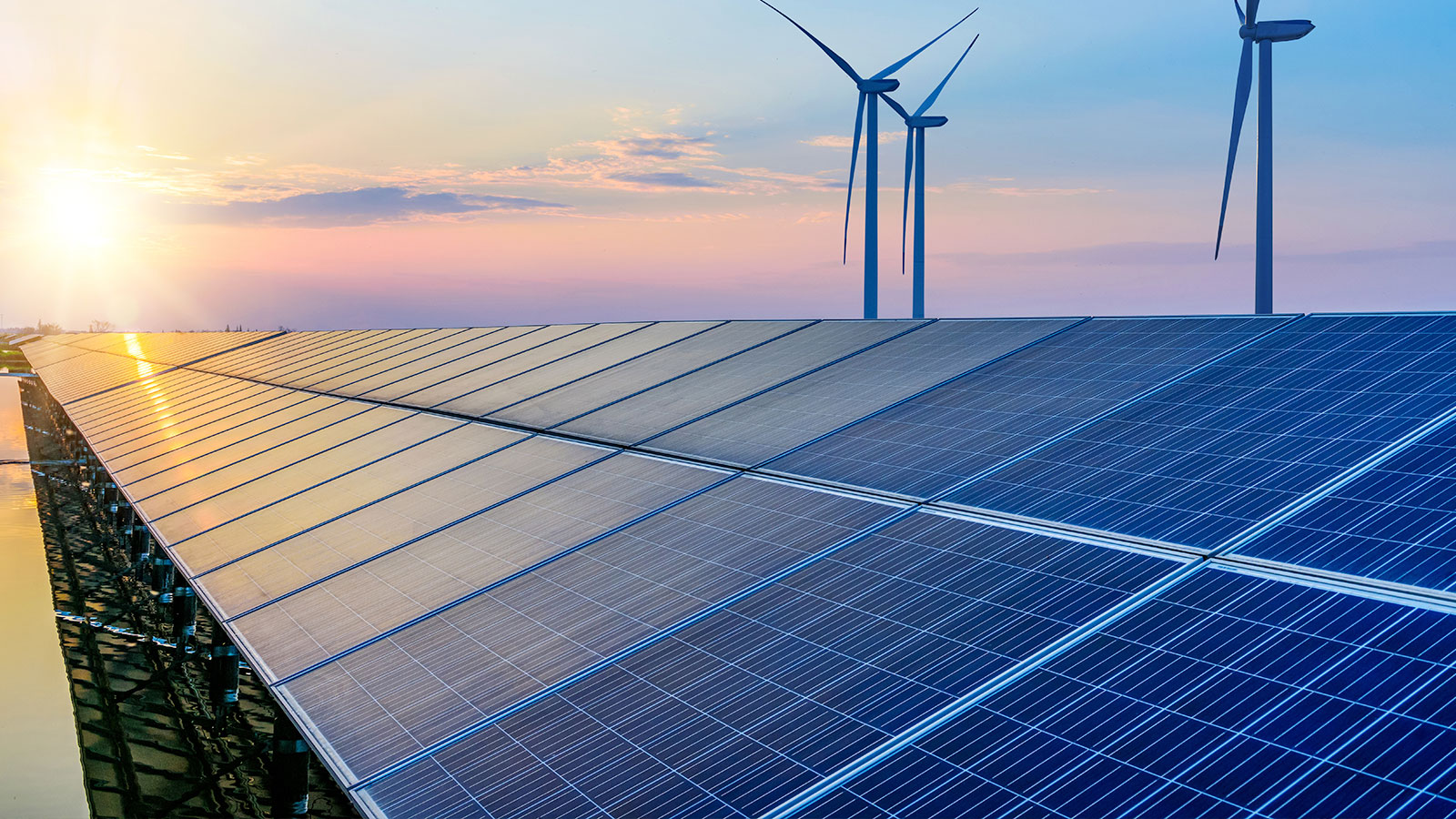There was a record surge in solar generation and a notable decrease in gas-fired power production during the second quarter of 2024, according to the most recent report from Montel Analytics.
During this period, gas-fired power generation plummeted to its lowest in two decades at 13.4 TWh, a reduction of over a third, coinciding with fluctuating gas prices which saw a peak at £30.06/MWh in early June. This stark decline in gas usage contrasted with the general trend of rising energy costs and supply challenges.
Meanwhile, solar energy set a new record, generating 5.1 TWh, contributing to renewables accounting for 47% of the total power mix in Great Britain. This was despite the weather generally being wetter than average, as well as an increase in cloud coverage – which would have reduced the maximum potential for solar in the UK during the Q2 period.
The rest of the renewable sources also performed robustly, with wind energy producing 17.2 TWh, biomass 6.8 TWh, and hydroelectric power adding 1.1 TWh.
This paired with a general reduction in demand for electricity, with the average power demand on the transmission system standing at 23.5 GW, the lowest for a second quarter since the onset of the pandemic in 2020. This was largely due to milder weather and an increase in local power generation sources like solar and battery storage systems.
That decrease in demand helped offset total power generation within Britain, excluding imports, which fell by 17% from the previous quarter to 54.6 TWh. This was attributed to lower demand and a significant rise in power imports, particularly from France, which totaled 9.2 TWh. That figure could have been higher if not for the fall in demand, however.
Phil Hewitt, Director at Montel Analytics, commented on the trends, “Solar generation rose by 4% in Q2 last year, which is lower than the previous year-on-year growth in Q2 2023 but this is in the context of some pretty horrible weather. The pattern of demand destruction also continued due in part to warmer weather and people and businesses becoming more conscious of limiting their energy costs.
“Higher levels of net imports resulted in very low gas output, while gas prices increased steadily following a decline in the previous quarter. This rise was driven by several factors including escalating tensions in the Middle East affecting liquid nitrogen gas (LNG) shipments, an earlier-than-expected stop in Russian gas flows to Austria, and reduced supplies from Norway due to maintenance at production facilities.
“Wind output fell from 24.9 TWh in the first quarter to 17.2 TWh in quarter two. Reductions in wind generation became necessary during windy spells, with bid volumes being used to reduce the excess of available wind generation. Most of the accepted bids occurred during the first three weeks in April and the highest daily bid volume for the quarter of more than 4 GW was observed on the morning of June 28 when wind was substantially high.
“The nuclear fleet mostly operated at capacity in this quarter due to the return to service of most units, with only limited outages observed compared to the previous quarter. Consequently, generation increased by 37% on a quarter-on-quarter basis to 10.7 TWh, the highest for any quarter since Q3 2022.
“Meanwhile, coal-fired generation fell to 0.3 TWh from 1.0 TWh in Q1 2024. This decline aligns with the decommissioning of the last coal-fired power station, Ratcliffe-on-Soar, which is scheduled to close on September 30 this year.”

